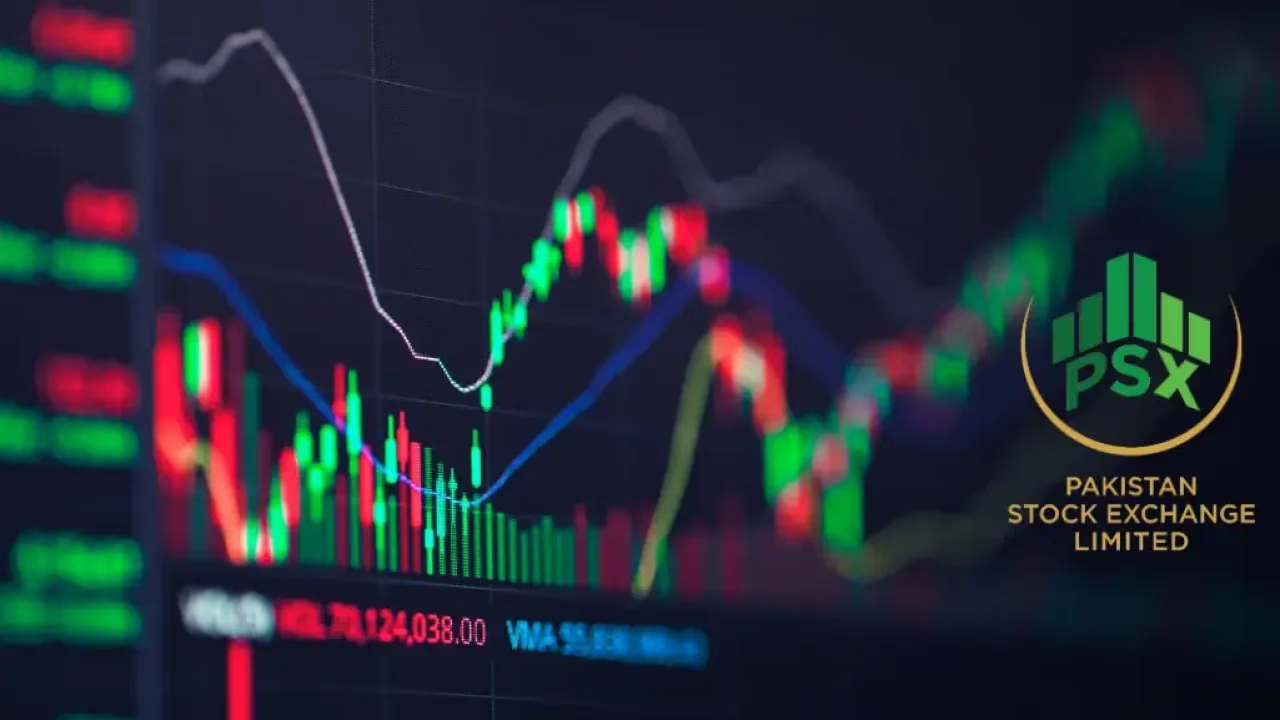On the second business day of the week, the interbank market in Pakistan witnessed a notable increase of 26 paise in the value of the American currency. The US dollar is currently trading at Rs. 280.50 in the interbank market, marking a rise compared to the previous day’s closing rate of Rs. 280.24.
It’s worth noting that the interbank market had closed at Rs. 280.24 with a 24-paise increase in the dollar’s value at the end of the last business day.
Shifting the focus to the stock market, Pakistan’s stock exchange experienced a decline, indicating a bearish trend. The stock exchange recorded a decrease of 537 points, with the KSE-100 index trading at 63,731 points. This reflects a 100-index decline, signifying a downturn in market sentiments.
The fluctuations in both currency exchange rates and stock market indices can be attributed to various economic factors, including global economic conditions, geopolitical events, and domestic economic indicators. Investors and market participants closely monitor these changes as they impact trading strategies, investment decisions, and overall market sentiment.
While currency exchange rates can be influenced by factors such as trade balances, interest rates, and inflation, stock market trends are often responsive to economic data, corporate earnings, and market speculation. The dynamic nature of financial markets underscores the importance of staying informed about these fluctuations for businesses, investors, and financial analysts alike.
As global economic landscapes continue to evolve, the financial markets remain dynamic and responsive to a myriad of factors. Understanding and interpreting these market movements are crucial for making informed financial decisions and navigating the complexities of the ever-changing economic environment.



